How to pay Geneco Bill: 4 ways to pay your bills on time

Did you know there are 4 fuss-free ways to pay your Geneco bill?
1. Credit or Debit Cards
One of the best things about the Open Electricity Market is you can now choose to pay your electricity bills by credit card or debit card. It’s not only convenient, you also earn cash rebates or air miles, boosting your savings even further
And if you set up a recurring payment,you don’t just have to worry about paying your bills on time, you can also take advantage of the various credit card promotions being offered by participating banks. Head over to our ongoing promotions find out more.
2. Recurring payment via GIRO
You can continue using GIRO too. Set up your GIRO payment on our Self-Service Portal.
If your bank of choice for GIRO payment isn’t listed on our Self-Service Portal, download a form here and send it to us with the details required. We’ll sort it out for you!
3. Payment via AXS
Geneco bills can also be paid at all AXS machines. Just use your phone to scan the bar-code on the bill – Just make sure that you zoom to the bar-code on the bill.
Or use the eAXS web portal on your desktop or mobile devices.
The benefit of AXS? You can pay all your utility bills in one go!
4. GrabPay
GrabPay is our latest and exclusive payment option in our Self-Service portal. Head over to the One Time Payment page on the Self-Service portal and you will be directed to Grab’s dedicated page to make your payment!
Wonder why your electricity consumption seems higher? Find out 3 reasons why your consumption might be higher.
References:
- Elangovan, N. (2020, June 5) Singapore households generated additional 1,334 tonnes of plastic waste during circuit breaker: Study, Today Online.
https://www.todayonline.com/singapore/singapore-households-generated-additional-1334-tonnes-plastic-waste-during-circuit-breaker
Image Credits: Nylon Coffee Roasters
Source: The Sustainability Project
How food wastage is a silent and looming global crisis
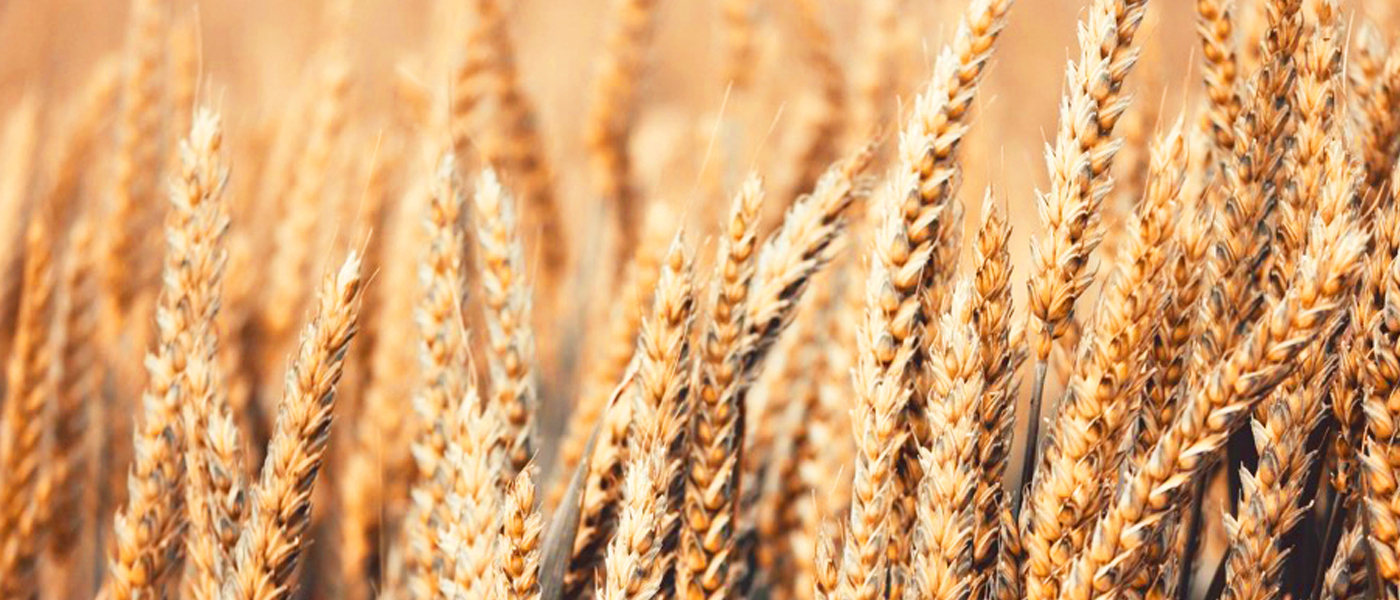
Researchers are warning of an impending crisis that could see global food waste rising by approximately 30% by 2030, bringing the total amount to more than 2 billion tons of discarded scraps. The crisis, described as ‘staggering’, is seen to be exacerbated by a worldwide population boom, rising incomes, changes in lifestyle habits and a growing disassociation from the food supply chain.
Although the United Nations has taken the first step by targeting to halve the number by 2030, a study by the Boston Consulting Group (BCG) revealed that the food waste mountain is only going to reach new heights if nothing more is done to address the current situation.
The report predicts that global food waste will reach 2.1 billion tons – worth US$1.5 trillion – every year, presenting serious economic, social and environmental issues, with the implications to grow in magnitude as the trajectory goes unchallenged.

Food supply chains feel the heat as the need for better food management is demanded.
Burgeoning Waistlines, Populations And A Climate Crisis
As we fight food waste, we are also addressing hunger, poverty and climate change.
Every year, we discard about 1.6 billion tons of food worth approximately US$1.2 trillion and the numbers are not going down. To feed today’s world inhabited by more than 7 billion people, about 6 billion tons of food is being produced every year. According to the UN’s Population Division, the world’s population is projected to reach up to 9.7 billion people by 2050, and food demand will put even more pressure on the supply chain. And we have not yet factored in changes in people’s diets.
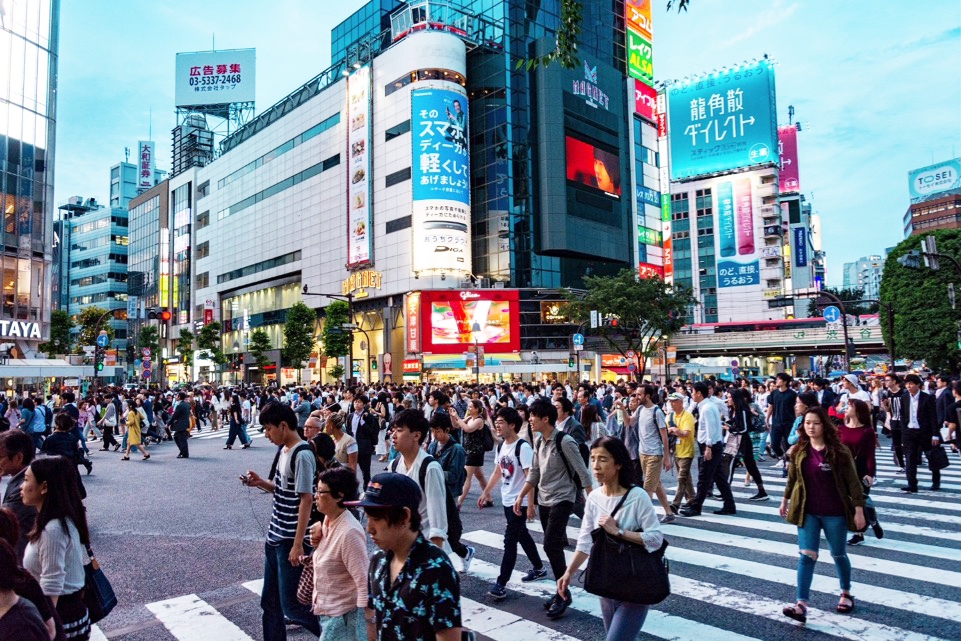
As population grows, global appetite grows as well, fuelled by the rise in incomes.
With a burgeoning human population set to top 11.9 billion people by 2050, with the greatest rise among the developing nations, food producers are under pressure to produce more and put even greater strain on the environment. As consumers from developing nations experience growth in wealth and disposable income, the report expects an uptick in the amount of household waste that will be generated over the years.
Food wastage also squanders precious resources such as freshwater, land, energy, labour and capital, and produces resultant greenhouse gas emissions that accelerate climate change. As demand for food grows, converting forests and woodlands into farms threaten to reduce carbon stores that keep global warming at bay.
Food For Thought On Food Waste
- About one-third of the food produced in the world for human consumption every year
- Food losses and waste costs the world about US$1.2 trillion
- Both industrialised and developing nations dissipate about the same amount of food at 670 and 630 million tons, respectively (basically, it refers to developed countries like USA, Germany, France etc. collectively consume and waste just as much as food as the total amount by developing countries like Cambodia, Vietnam, Afghanistan etc.)
- Plant-derived food items experience the highest wastage rates
- Annually, consumers in wealthy nations waste as much food as the amount sub-Saharan Africa produces
- Large quantities of food are discarded simply because of the over-emphasis on appearance
Moving The Food Waste Mountain Starts With The First Rock
Fighting the food waste crisis will require all segments of society to pitch their commitment, talent and technology together, from national policies to corporate social initiatives to the everyday actions and mindsets individuals like us can adopt.
One such mindset is to see the beauty that is beyond skin-deep.
UglyFood, a local business founded in 2017, “rescues “ugly” or unsold fresh produce” to give these about-to-be discarded food items a new lease of shelf-life by procuring such items to make juices, sorbets and teas. Through months of research, the founders discovered that fresh produce that is not as visually appealing tend to be perceived as undesirable by shoppers. Rather than let these otherwise just as good quality produce go to waste, the social enterprise buys them over and repackage them into higher-value products.
At home, you can adopt their ideas by juicing your browned bananas and bruised apples, make soup and sauces with vegetable trimmings, and broths with unwanted meat trimmings like tendon, sinews and bones.
Another enterprise that makes food rescue its mission is The Food Bank Singapore.
Food companies often toss food for trivial reasons, such as fast-approaching best-before dates, labelling errors on packaged foods, surplus harvests or purchases and over-production.
The Food Bank Singapore invites companies looking to remove such products to donate them to its storehouses instead so that the food can be “distributed to food aid agencies which could be private or public, religious or secular.”
Find out more about how everyone, from government agencies to enterprises to home cooks can adopt food-saving practices here!
Start your sustainable journey with Geneco’s Get it Green plan today.
References:
- Elangovan, N. (2020, June 5) Singapore households generated additional 1,334 tonnes of plastic waste during circuit breaker: Study, Today Online.
https://www.todayonline.com/singapore/singapore-households-generated-additional-1334-tonnes-plastic-waste-during-circuit-breaker
Image Credits: Nylon Coffee Roasters
Source: The Sustainability Project
The food waste fight – starting with your daily grind
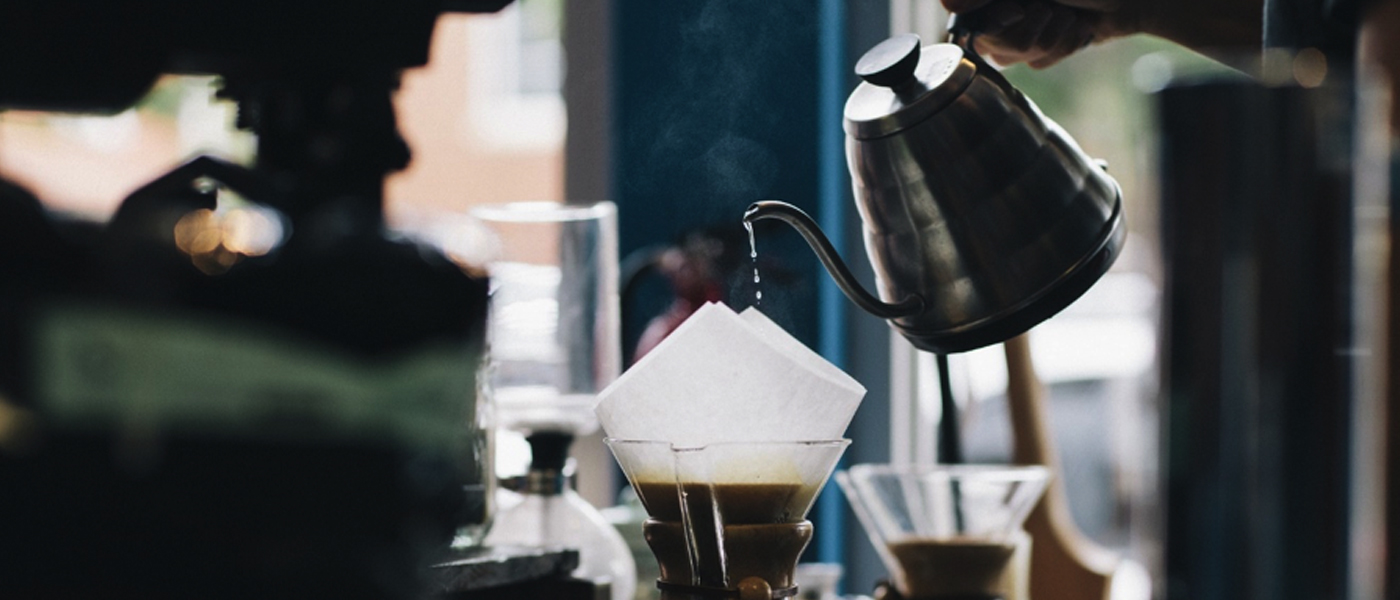
Coffee – the office worker’s best friend, the freshmen’s newfound religion, the medium for the occasional meetup and an essential conversation topic any self-professed hipster must be able to carry.
Regardless of how we relate to the black, aromatic liquid, coffee is all around us and its impact on modern society is profound. However, beyond being the invisible lubricant in our economic machinery, ensuring our diligent workforce can stay hyper on the proverbial hamster wheel, coffee has also found its place in the sustainability movement.
Paying heed to our food waste problem, we have the world’s favourite beverage in our sights.
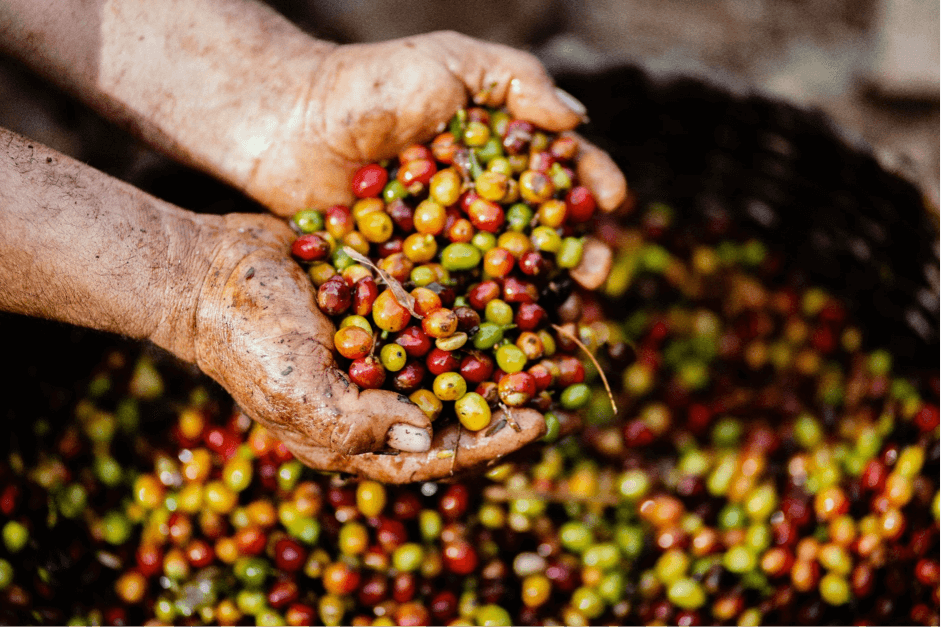
According to research, only 6% of the entire cherry is used to make a single cuppa. The rest? Discarded.
The Darker Shade Of Your Long Black
Around the world, we gulp down about 10 million tons of coffee a year. To put it into perspective, that would make 1 trillion cups of coffee (assuming all coffees are drunk as espressos with each shot using 10 grams of coffee beans).
While your morning cappuccino can help you see the bright side of life for the day, such statistics also carry with it the dark side of the story – any kind of production causes ecological impact; consuming 1 trillion cups of coffee can and will generate a lot of food waste.
According to research by Colombian coffee logistics firm Almacafé, only 6% of the original coffee cherry is used to make a cup of coffee; only the seed is used, while the flesh and skin are simply discarded and will serve no other purpose in the coffee trading cycle.
Turning Black Into The New Green
Not all of it is doom and gloom, though. Such gargantuan scale of consumption also represents environmental opportunities of equal, if not greater, value. In recent decades, used coffee grounds have been included in the growing list of items to fuel the 21st century circular economy.
In an article published by CNA Lifestyle, homegrown vertical farm Sky Greens partnered Nespresso to recycle used coffee pods into fertilisers and organic compost. In an article published earlier this year by TODAY, scientists at Nanyang Polytechnic turned the world’s favourite drink into the world’s favourite material – plastic. A biodegradable kind, at that.
However, recycling used coffee grounds need not be reserved for geeky scientists, Nobel Prize laureates nor farmers from the future. There are many ways we coffee lovers can do our part to help keep the coffee industry’s waste footprint at a minimum.
Initiatives From The Ground Up
The advent of sustainable living and mindful eating lifestyles have made us pay more attention to where our food comes from and how they are produced.
Buying coffee that is Fairtrade-certified not only ensures farmers are fairly compensated for their noble work in upkeeping our unashamed dependence on caffeine, but we are also ensuring the coffee we buy are grown with sustainable and eco-friendly practices. Other such labels include “UTZ Certified”, “Common Code for the Coffee Community (4C)”, “Rainforest Alliance” and others. Certain coffee brands like Starbucks and Nespresso have their own internal certifications as well.
Getting your coffee beans from Fairtrade-certified sources is only half the battle won; the waste created from consumption still needs to be addressed by the end consumer.
The next time you brew yourself a cuppa, do not hurry to chuck the used grounds into the bin just yet; they can be repurposed in various ways:
As compost
Plants are coffee-guzzlers like us. Used coffee grounds can add nitrogen, potassium and magnesium to the soil, making it a good. The rough consistency of the grounds is also useful for keeping the soil loose, helping to promote soil aeration.
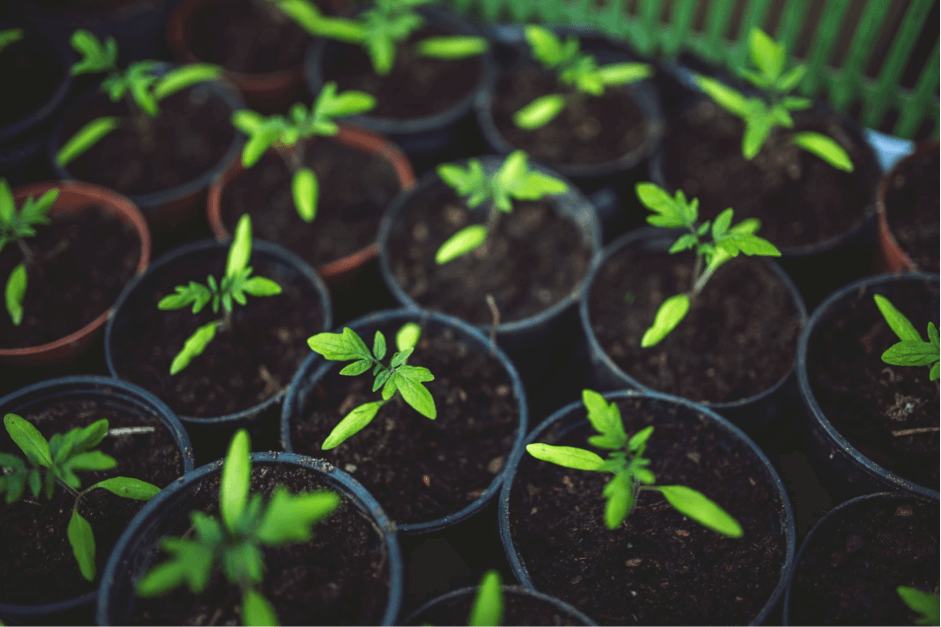
Used coffee grounds add various nutrients to the soil, and its consistency promotes soil aeration.
As pest repellent
Garden pests like ants, snails, and slugs dislike coffee since compounds such as caffeine and diterpenes in coffee are toxic to them. Coffee grounds are also useful for warding off mosquitoes, fruit flies and beetles. Stir together coffee grounds, dried orange peels and/or rosemary for a pleasant-smelling pest-buster kit.
As portable deodorants
Thanks to its nitrogen compounds, coffee is adept at absorbing odours. Spread out and dry the grounds in the oven, pack it in new tea paper filters as handy deodorants for old socks, refrigerator, shoes and bags.
Start your sustainable journey with Geneco’s Get it Green plan today.
References:
- Elangovan, N. (2020, June 5) Singapore households generated additional 1,334 tonnes of plastic waste during circuit breaker: Study, Today Online.
https://www.todayonline.com/singapore/singapore-households-generated-additional-1334-tonnes-plastic-waste-during-circuit-breaker
Image Credits: Nylon Coffee Roasters
Source: The Sustainability Project
Why you should pay heed to our growing food waste
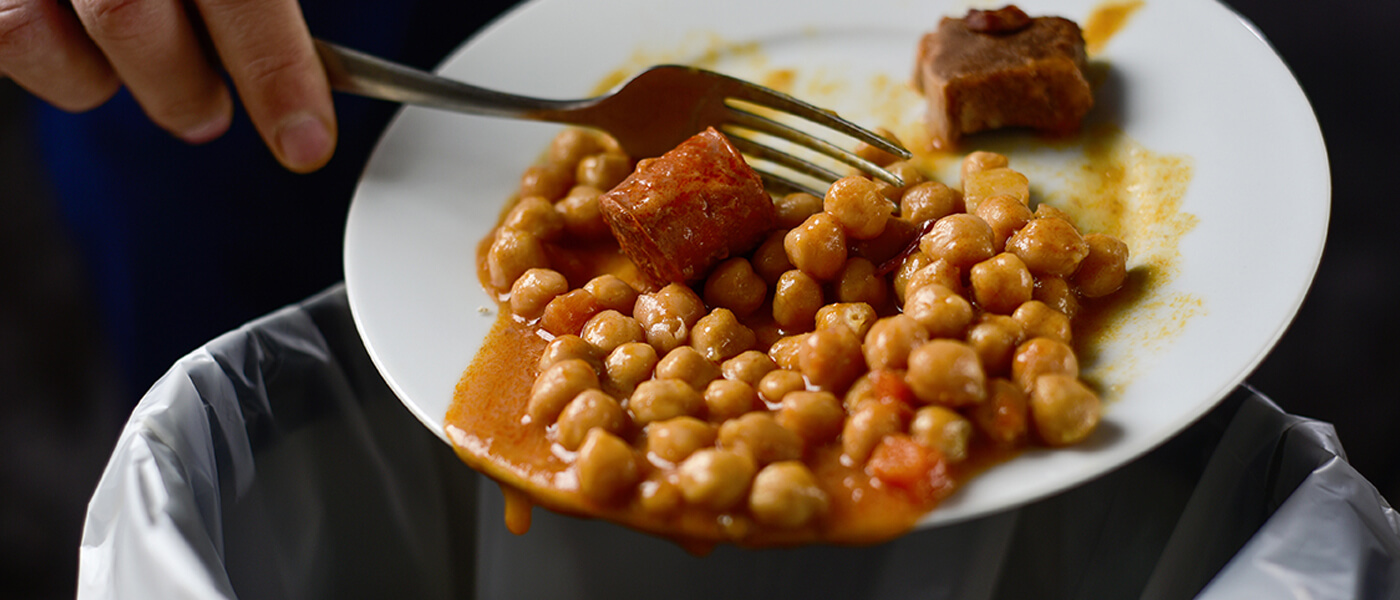
When you were still a little kid, you might have been warned by Mom that unfinished food will cause you and/or your future spouse to develop some unwanted “physical characteristics”.
All grown-up and now a little smarter, we know it to be bollocks, nothing but old wives’ tales to scare us into licking our plates clean.
However, the real consequences of unchecked food wastage are more serious than blemishes on the face.
Local Food Waste Trend Unsavoury
We are all at some point guilty of consciously tossing food into the trash. Whether it is buying a 2kg birthday cake for 5 people, ordering a 5-course dinner to impress a date despite being half-full with kaya toast from tea-time, picking out the carbs to maintain weight goals, or even buying a large variety of dishes from the hawker centre just to taste a little of everything, we are very much capable of trivialising the impact of our wastage.
According to the UN, about 1.3 billion tons of food produced around the world is wasted every year.
In Singapore, food waste generates one of the largest amounts of waste with no downward trend in sight, according to a National Environment Agency report.
Over the past decade, our food waste has risen 30% from 568,000 tons to more than 739,000 tons in 2018, accounting for 20% of total waste generated. Only 16% of all food waste gets recycled.

F&B establishment face increasing pressures to compete, often on portion value
Countering Food Waste
Over the years, community and national partners have sprung into action to turn what was once a man’s trash into another’s treasure.
Since 2014, local supermarket chain NTUC FairPrice created a framework that involves the community and partners to enhance internal processes, educate the public and form waste reduction partnerships.
Some food establishments, such as two food centres in Ang Mo Kio and Tiong Bahru, have designed a food waste recycling system that turns discarded food into compost for gardening.
Some shopping malls, such as Jem and Parkway Parade, have adopted systems that convert food waste into compost using anaerobic biodigesters for landscaping or non-potable water usage.
Other commercial and industrial premises like hotels, schools and municipal buildings have acknowledged the need to respond to food wastage; many of them have now adopted on-site food waste practices and management solutions in a bid to reduce their footprint.
Good Solutions, But No Panacea
When it comes to wastage, while noble solutions can turn the tide, addressing the problem after the waste has been created is no permanent remedy. The issue of overconsumption, not just on food but also other resources such as electricity and clean water, needs to be addressed from the ground up.
We need to step up on educating the public to adopt a zero-waste mindset, be mindful of our resource consumption and maintain a sensible rationing mentality. For this, we have as a collective started to create awareness about sustainable living and draw people into our green camp, beginning with homes, workplaces, schools, and food establishments.
Ultimately, to become an advanced and resource-efficient nation, all hands will need to be on deck – government, businesses and down to the individual consumer – to embark on a concerted effort towards maximising our resources, extending the utility of our excesses and repurposing our wastes.
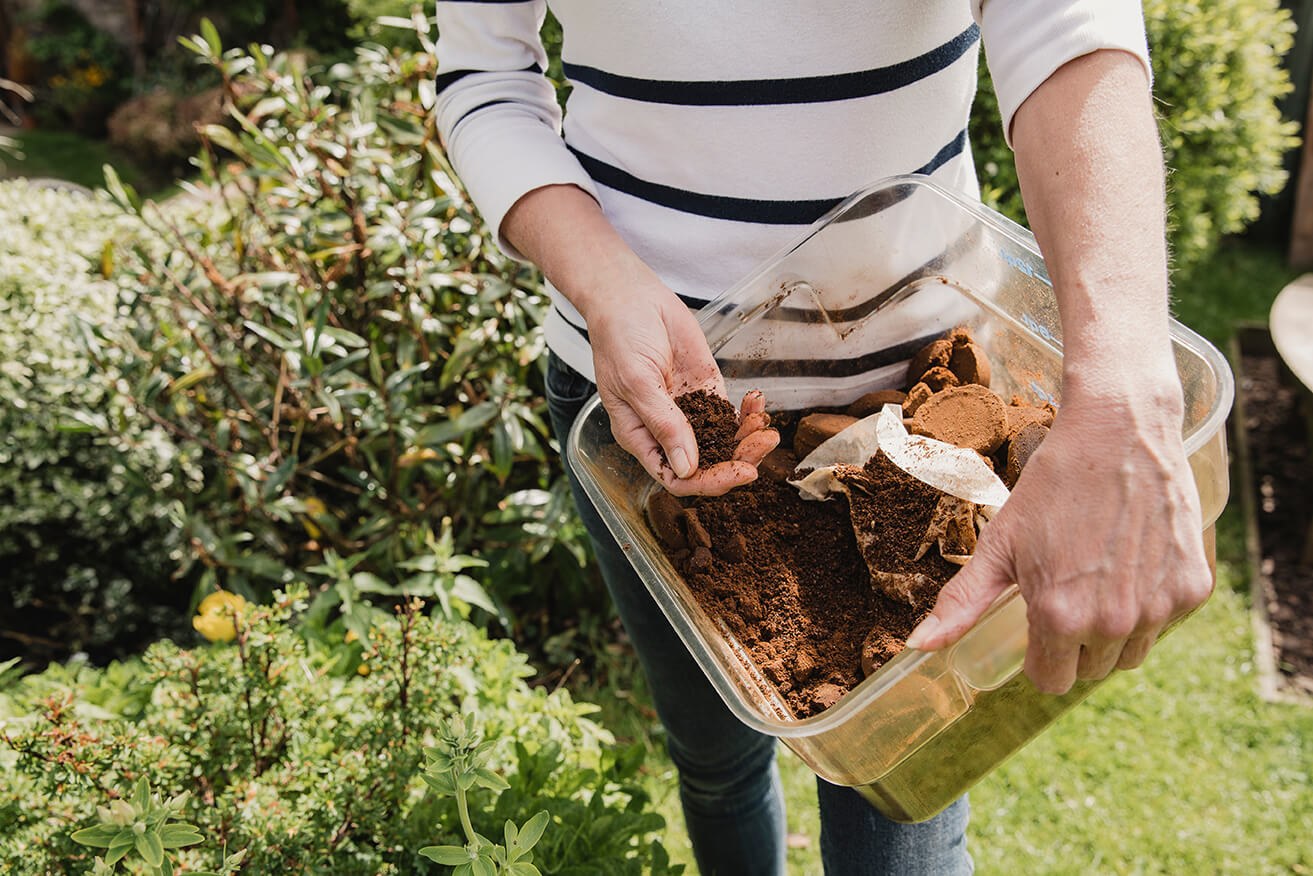
Converting food waste into compost is one way of repurposing what would have ended up in a landfill
How We Can Do Our Part
At Geneco, we believe combating big issues like wastes, environmental conservation, social responsibility and climate change involves every single man on the ground.
Here are four simple ways you can adopt to make the change and help reduce food wastage:
1. Shop smart and realistically
Simple, but all things start with the basics. When you go grocery shopping, make sure you don’t buy too much food. Think carefully and write a list of what you really need for tonight’s dinner, down to the portions and recipe. Head to the store and buy only what you have written.
2. Don’t over-serve food
Yes, we know you are generous, but serving too much food does no one justice either. If you are unsure how much food to serve, you can try applying recommended diet guidelines into your recipes. Using smaller plates can also help. Over time, you will get better at it.
3. Save and eat leftovers
You do not have to feel shame eating leftover food (not spoilt ones, of course). After all, some ‘leftover’ food like cheeses, yoghurts and even tofu become known as delicacies. Save uneaten dinner for breakfast tomorrow or ‘tapao’ if you eat out. Refrigerate or freeze when appropriate.
4. Try composting, but only as the final measure
Turn your discards into compost! But do this as the final measure, since combating food wastage should start as early up the line as possible, and it is just a neat safety net to keep food away from the bin and do something good with them.
Start your sustainable journey with Geneco’s Get it Green plan today.
References:
- Elangovan, N. (2020, June 5) Singapore households generated additional 1,334 tonnes of plastic waste during circuit breaker: Study, Today Online.
https://www.todayonline.com/singapore/singapore-households-generated-additional-1334-tonnes-plastic-waste-during-circuit-breaker
Image Credits: Nylon Coffee Roasters
Source: The Sustainability Project
